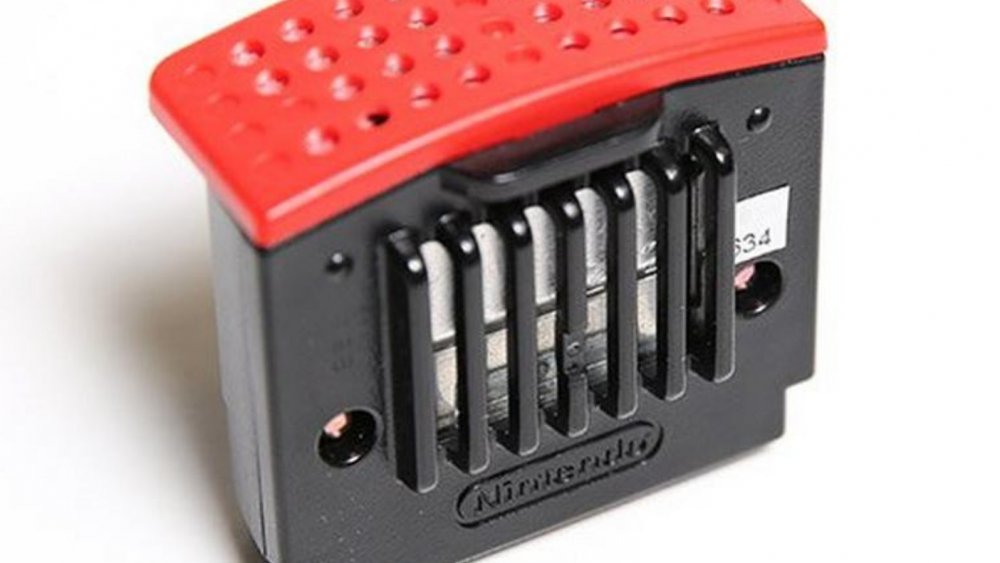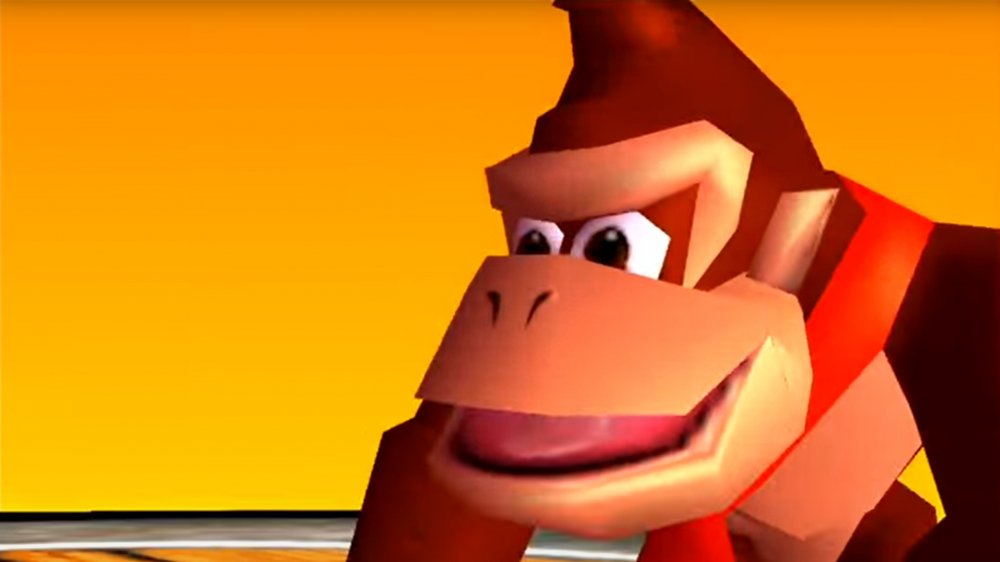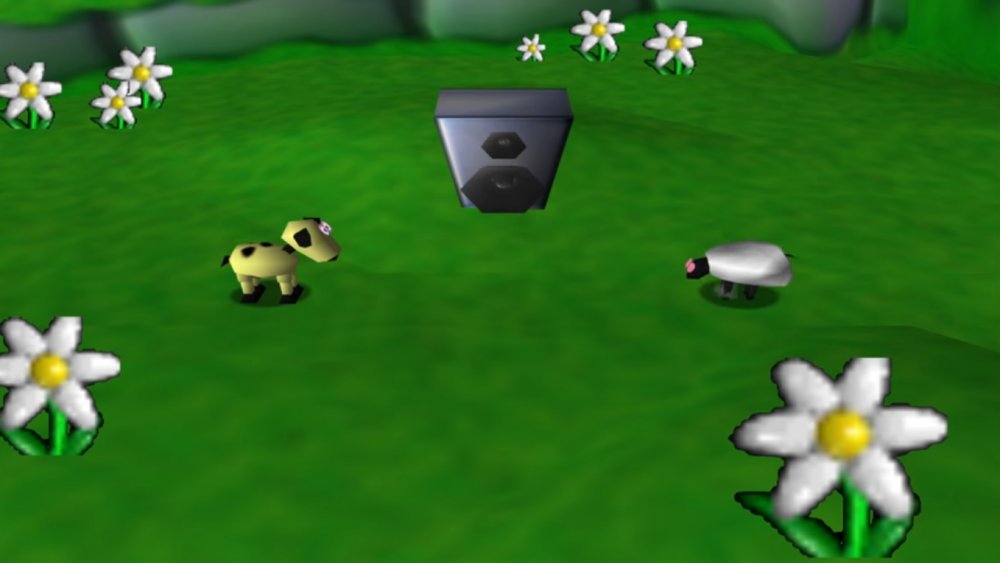The Untold Truth Of The Nintendo 64's Expansion Pak
Upgrading consoles is an almost antithetical proposition. Unlike computers, which are designed to be taken apart and have their parts swapped out for more powerful hardware, consoles are supposed to be simple cradle-to-grave machines. All games designed for a console will run on it regardless of whether the game was released early or late into the console's lifecycle.
Lately, console manufacturers have emphasized releasing incremental upgrades that provide more horsepower, and Sony even took the next logical step with removable PlayStation 5 faceplates gamers can pop off to install an extra SSD. Nintendo essentially started this trend with the Nintendo 64 Expansion Pak.
Unlike external addons like the Sega 32X and Atari Jaguar CD that were designed for their own lines of games — and in some unfortunate cases made their respective consoles look like toilets — the Expansion Pak was completely internal and gave the N64 a whopping four extra MB of RAM. While that's a laughable amount these days, it was enough to power brand new features in many N64 games. However, there's more to the Expansion Pak than just being "that device that was bundled with every copy of Donkey Kong 64."
Donkey Kong 64 has been living a lie
Odds are your first brush with the Expansion Pak was Donkey Kong 64. The game box and manual openly state you need to install the pak before playing the game. As a kid, you probably never questioned why, but when you grew up, you probably sought an explanation. Common knowledge would tell you it prevented a game breaking bug that cropped up near the end of development, but according to other sources, that belief is a monkeyshines myth.
According to Donkey Kong 64's Lead Artist Mark Stevenson, Rare and Nintendo decided to use the Expansion Pak early in the game's development. Instead of cramming the pak into the game box last minute to fix a bug, Rare was told to push the limits of the N64's capabilities to justify the pak's inclusion.
That isn't to say the bug was a myth. Stevenson confirmed the bug in question did rear its ugly head late in development. However, it was fixed independently from the Expansion Pak. Stevenson believes that the bug and Expansion Pak somehow fused into an amalgamation of half-truths based on reality but by no means is true on its own.
The Legend of Zelda: Majora's Mask and Perfect Dark, meanwhile, were built with the Expansion Pak in mind. You couldn't even play Perfect Dark's campaign without it.
The Expansion Pak was too much for one game to handle
Normally, after installing the Expansion Pak, you probably just left it in there. Only three games required the pak, but a small handful of games benefited from it. Popular titles such as Turok 2: Seeds of Evil and Tony Hawk's Pro Skater 2 saw improved framerates and resolutions if played with the pak, so keeping it inserted was considered benign at worst and beneficial at best. But for Space Station Silicon Valley, the Expansion Pak was virtual cyanide.
Space Station Silicon Valley is an underrated N64 sci-fi platformer where you hijack robot animals and use their various powers to prevent the titular space station Silicon Valley from crashing into the Earth. You can control these mechanical creatures because you play as the mobile control microchip of a combat robot. For some reason, that microchip hates the Expansion Pak.
If the pak is installed in the N64, Silicon Valley will crash (the game, not the space station) whenever it tries to spawn the microchip. The pak is incompatible with that model and that model only. The rest of the game is fine, but just to be safe, you are best off swapping out the Expansion Pak with the N64's vanilla jumper pak while playing the game. Keep this in mind if you plan on buying an N64 from eBay and have the urge to play Space Station Silicon Valley.



